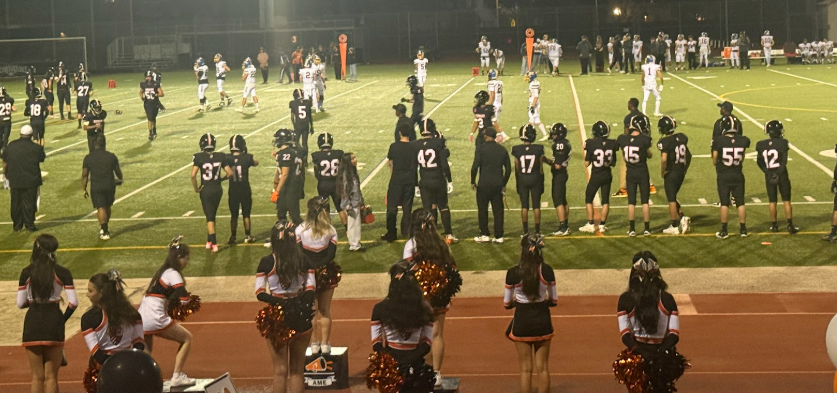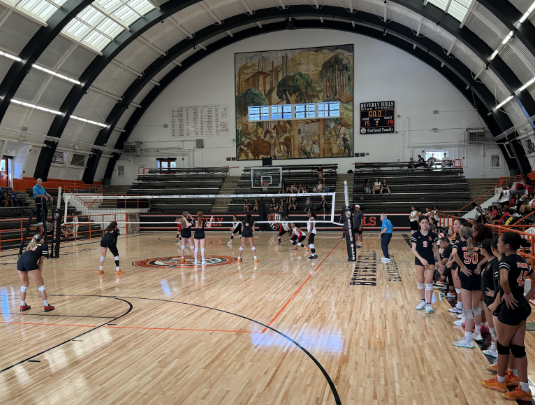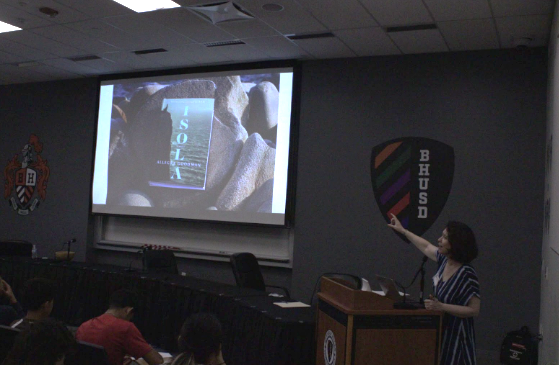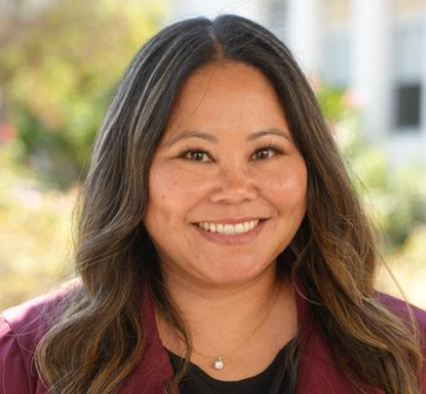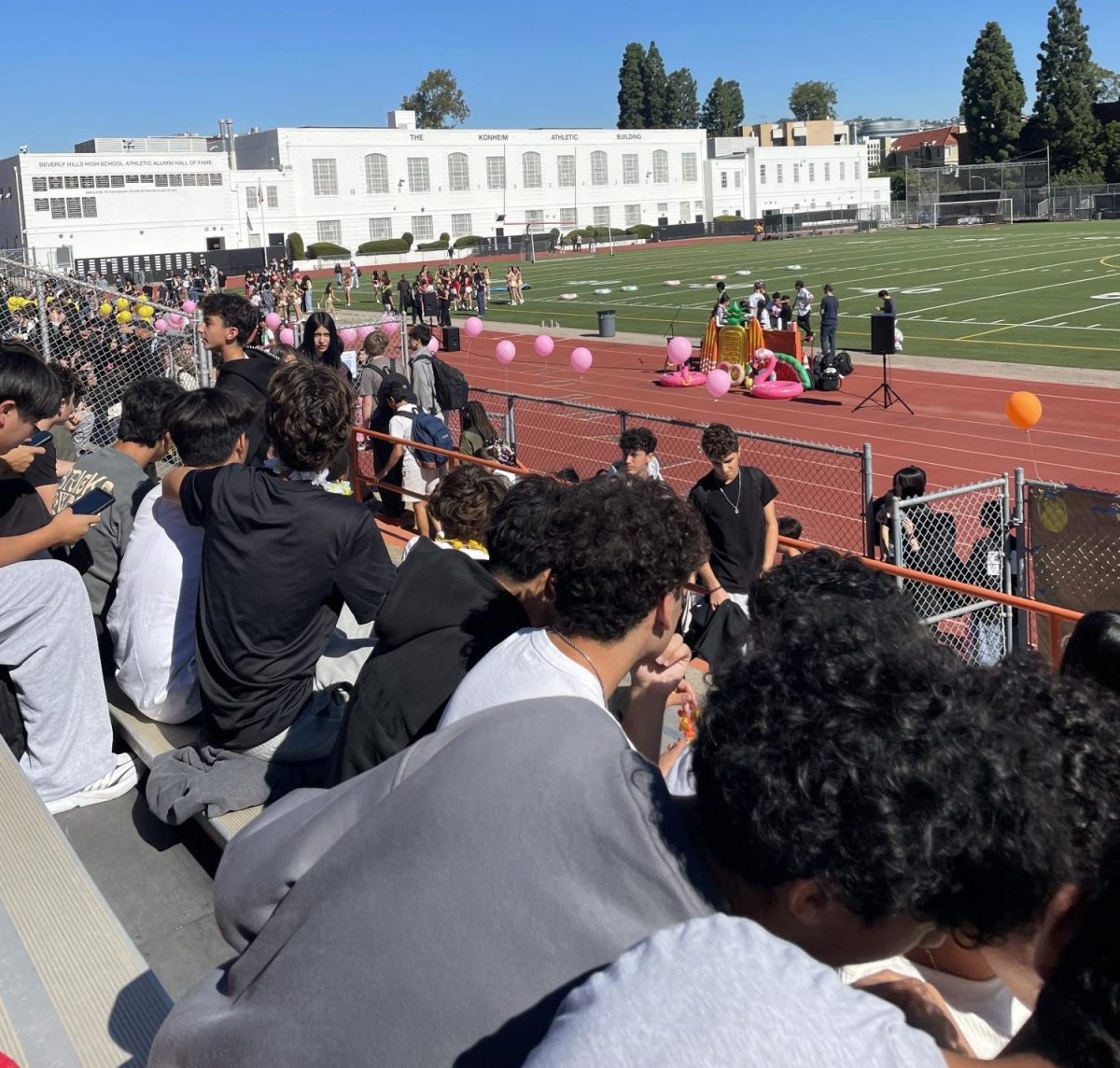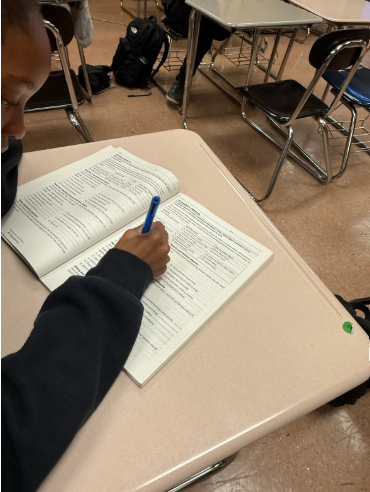Celine Rezvani, staff writer

In efforts to reform the teaching and application of science in schools, the National Research Council (NRC), the National Science Teachers Association (NSTA), the American Association for the Advancement of Science (AAAS) and Achieve partnered to create the Next Generation Science Standards.
This set of standards, officially released in April 2013, are the newest in the last 20 years. Thirteen states and the District of Columbia have adopted these standards as of January 2015.
The National Science Teachers Association has devised these standards because they believe the standards will help to better prepare students for colleges and careers.
“We can’t successfully prepare students for college, careers and citizenship unless we set the right expectations and goals. While standards alone are no silver bullet, they do provide the necessary foundation for local decisions around curriculum, assessments, and instruction,” the NSTA states on its website.
At Beverly, science teacher Lisa Dickens feels the science department hasn’t been able to dedicate enough time to implementing these standards.
“Unfortunately, all the time this year that we’ve been collaborating has been taken up with other things,” she said. “So we really haven’t put a whole lot of time and effort into it yet.”
The Next Generation Science Standards plan to shrink the number of concepts for students, and delve deeper into each individual concept.
According to their website, the standards will emphasize “a smaller number of core ideas that students can build on from grade to grade. The more manageable scope allows teachers to weave in practices and concepts common to all scientific disciplines — which better reflects the way students learn.”
However, teachers face problems in applying these standards to their teaching techniques.
“They’re making things broader, which makes it difficult to sort out how we should approach them,” Dickens said.
Dickens also feels the standards aren’t instructive enough, leaving much of the decision-making to teachers.
“For me personally, one of the problems is they don’t say, ‘This is physics, and this is chemistry.’ They just give us the standards and we have to decide where to put them,” she said.
Further, the Next Generation Science Standards hope to minimize the amount of memorization that students do.
According to the NSTA, “[The standards] aim to eliminate the practice of ‘teaching to the test.’ Instead, they shift the focus from merely memorizing scientific facts to actually doing science—so students spend more time posing questions and discovering the answers for themselves.”
Dickens agrees, preferring that her students actually learn material instead of memorizing it.
“I hate ‘memorize and regurgitate.’ I definitely think it’s good for kids to understand how things work, not just how to get an answer.”
When these standards are implemented in the long run, Dickens hopes students will find real-life applications of what they learn in class.
“Hopefully students can see that there is chemistry and physics all around them, and use it to be smart and stay safe,” she said.
Categories:
Next Generation Science Standards aim to improve curriculum
May 15, 2015
0
Donate to Highlights
$125
$1000
Contributed
Our Goal
Your donation will support the student journalists of Beverly Hills High School. Your contribution will allow us to purchase equipment and cover our annual website hosting costs.
More to Discover







